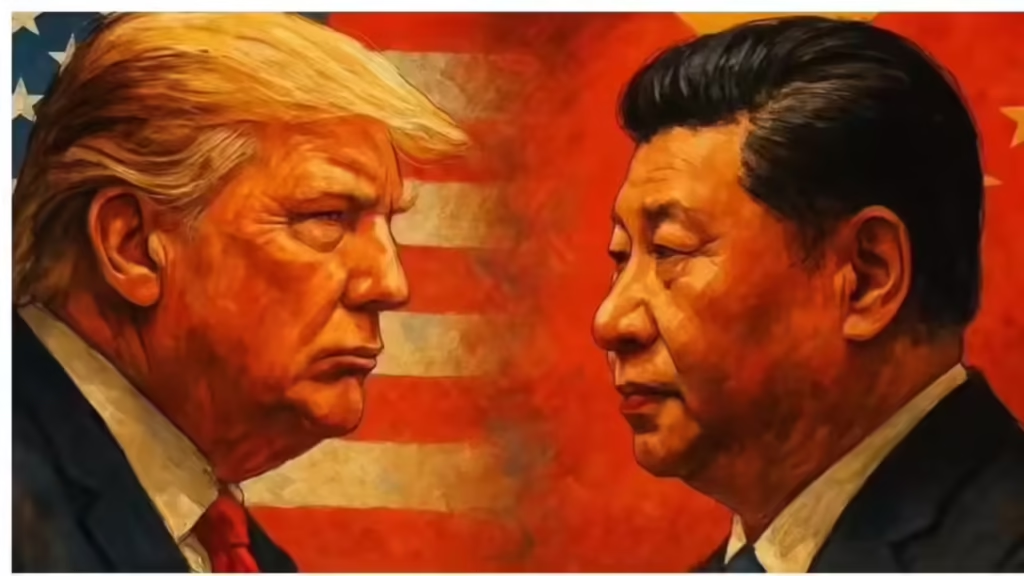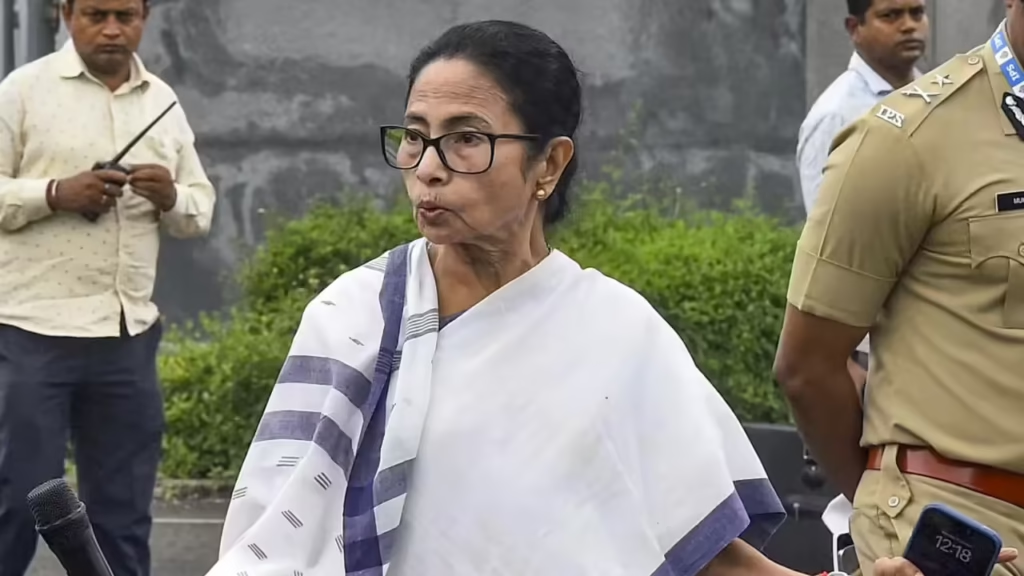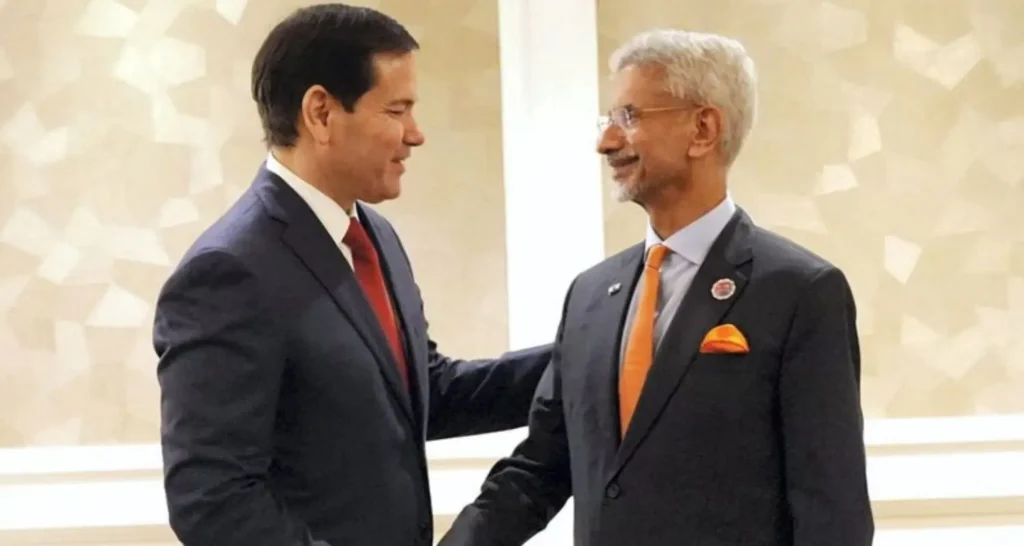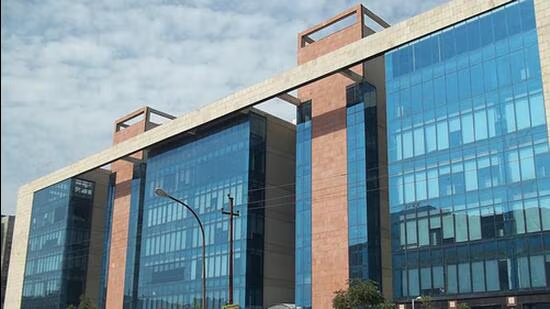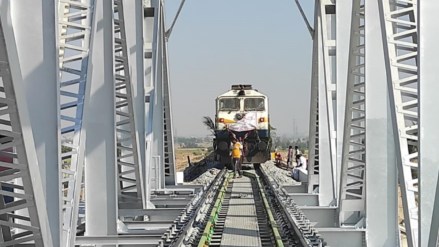Now Reading: Madhya Pradesh Civic Polls 2025: Low Turnout Raises Concerns in Bhopal and Indore
-
01
Madhya Pradesh Civic Polls 2025: Low Turnout Raises Concerns in Bhopal and Indore
Madhya Pradesh Civic Polls 2025: Low Turnout Raises Concerns in Bhopal and Indore
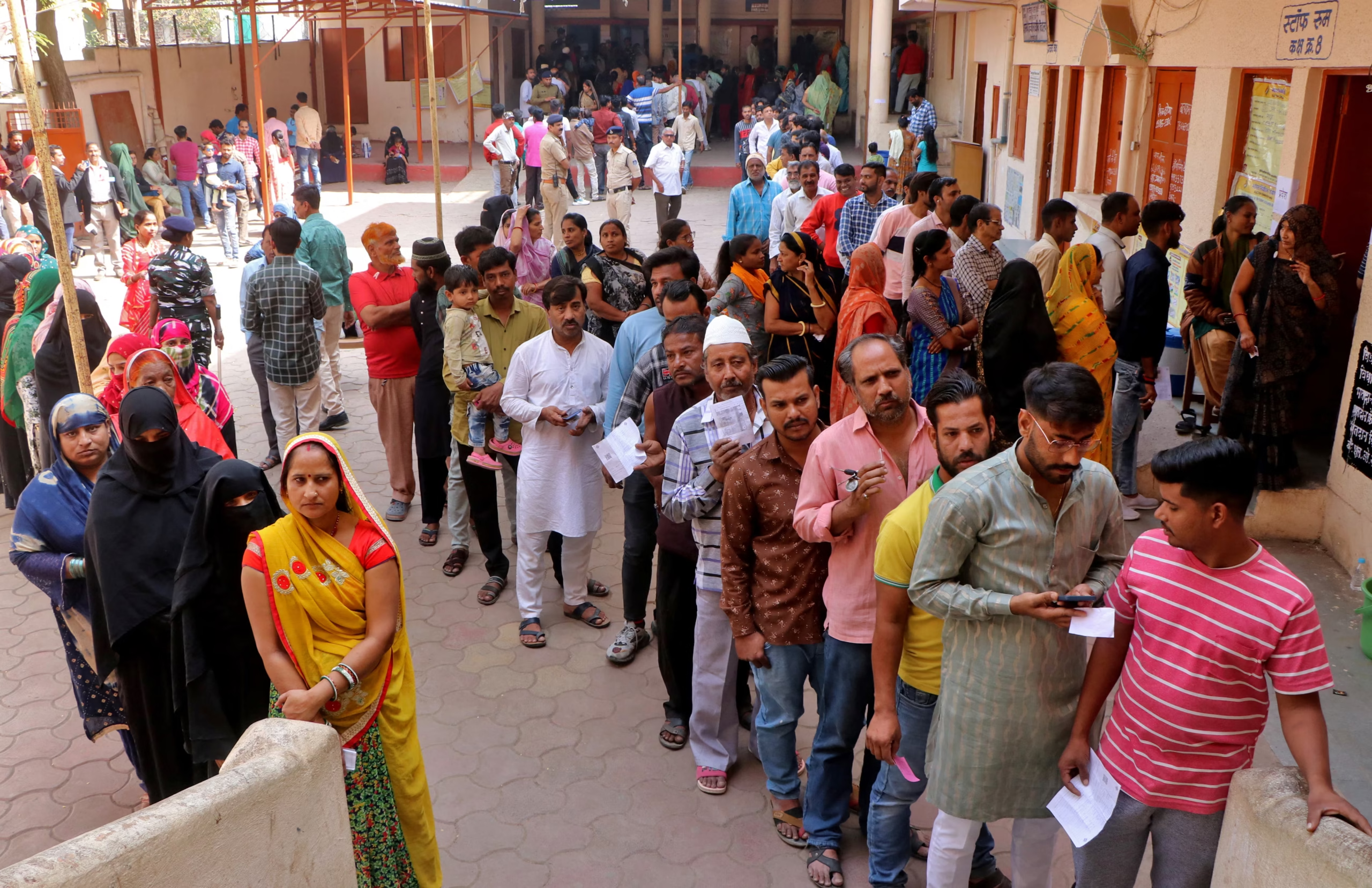
The recently held civic elections in Madhya Pradesh have drawn attention for reasons beyond the ballot count. Both Bhopal and Indore—two of the state’s largest and most politically active cities—witnessed an unexpectedly low voter turnout. While polling remained peaceful, the subdued participation has triggered debates about voter engagement, urban apathy, and the future of local governance in Tier-2 cities.
Disappointing Numbers Despite High Stakes
According to the State Election Commission, Bhopal recorded a turnout of just 48.6%, while Indore fared slightly better at 51.2%. These figures mark a noticeable dip from the previous civic polls held in 2020, when both cities crossed the 60% mark.
This decline comes despite efforts by the administration and civil society to encourage participation through awareness drives and extended polling hours. Analysts say the drop in turnout is significant, especially considering the crucial role urban municipal bodies play in public service delivery.
Factors Behind the Low Participation
Several factors may have contributed to the low voter engagement. Urban voters often cite disillusionment with local candidates, lack of visible development, or the belief that “nothing changes” regardless of who wins.
Additionally, the summer heat, polling day fatigue, and minimal campaign buzz may have kept many residents away from the booths. First-time voters, a key demographic in both cities, were notably absent in large numbers.
Some experts also point to a growing disconnect between urban voters and civic issues like waste management, water supply, and road repairs—problems that deeply impact daily life but rarely dominate the political narrative.
Political Response and Public Perception
Both ruling and opposition parties have acknowledged the low turnout as a matter of concern. Party workers in Bhopal reported difficulty in mobilising voters, even in stronghold wards. In Indore, local leaders highlighted the need for more ground-level engagement and community outreach.
Voters who did turn out expressed disappointment over poor civic infrastructure and felt their choices were limited. Some also questioned the lack of young and independent candidates, saying the contests felt repetitive and uninspiring.
Relevance for Tier-2 Cities
Bhopal and Indore represent the face of modernising India’s Tier-2 cities, where aspirations are rising but civic engagement appears to be declining. These cities are expanding rapidly, with growing populations and complex urban needs. Yet, the drop in turnout reflects a gap between governance and public participation.
If these trends continue, it may undermine the democratic strength of local bodies, which are vital in shaping everyday urban life—from roads and sanitation to housing and public transport.
Conclusion
The low voter turnout in Bhopal and Indore during the Madhya Pradesh Civic Polls 2025 is more than a statistic—it is a signal. A signal that urban governance needs not just good policies, but deeper public trust and engagement. As the state reviews its civic administration and outreach strategies, bridging this voter disconnect will be key to building responsive and representative local governments in India’s fast-growing cities.








